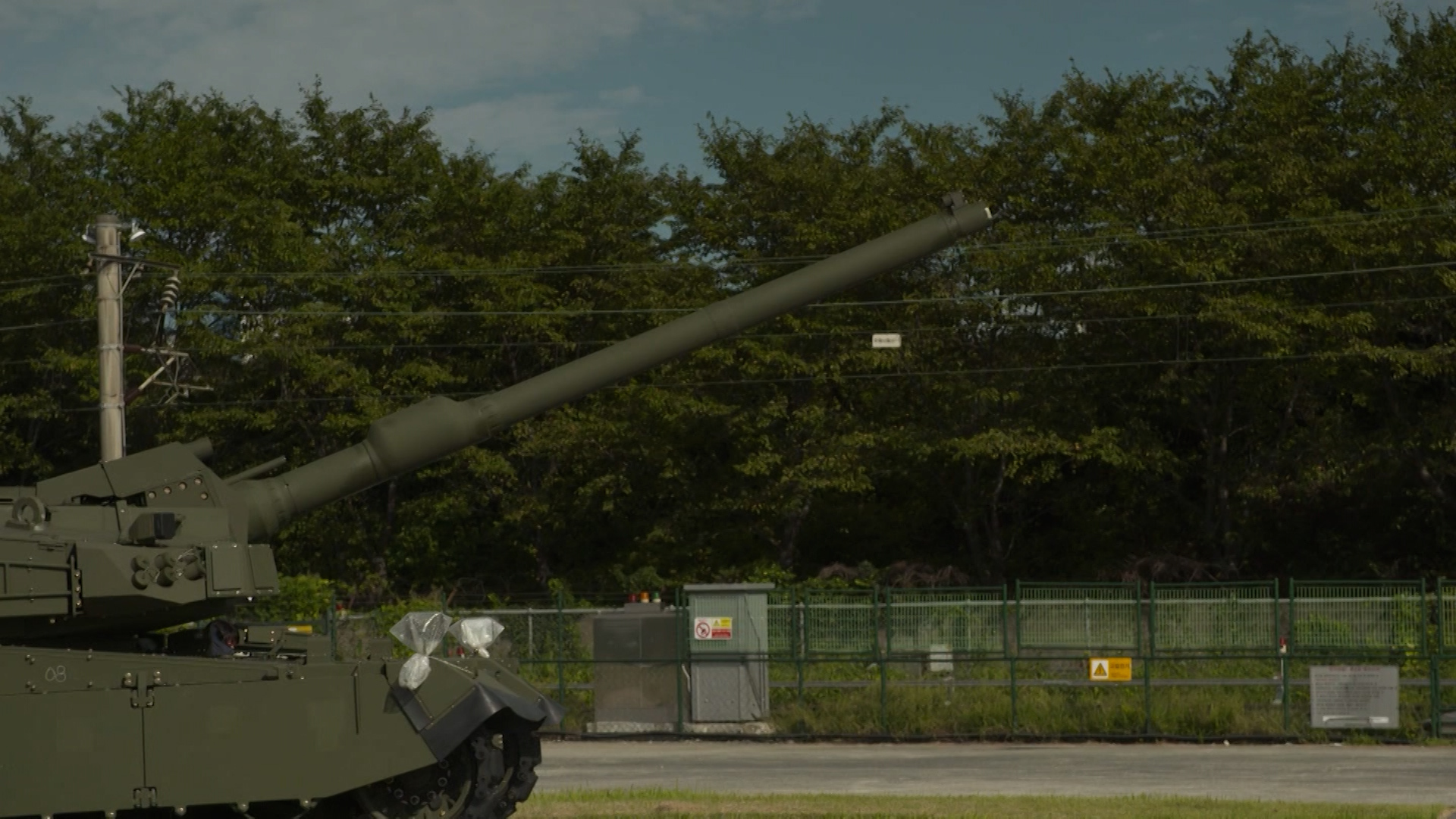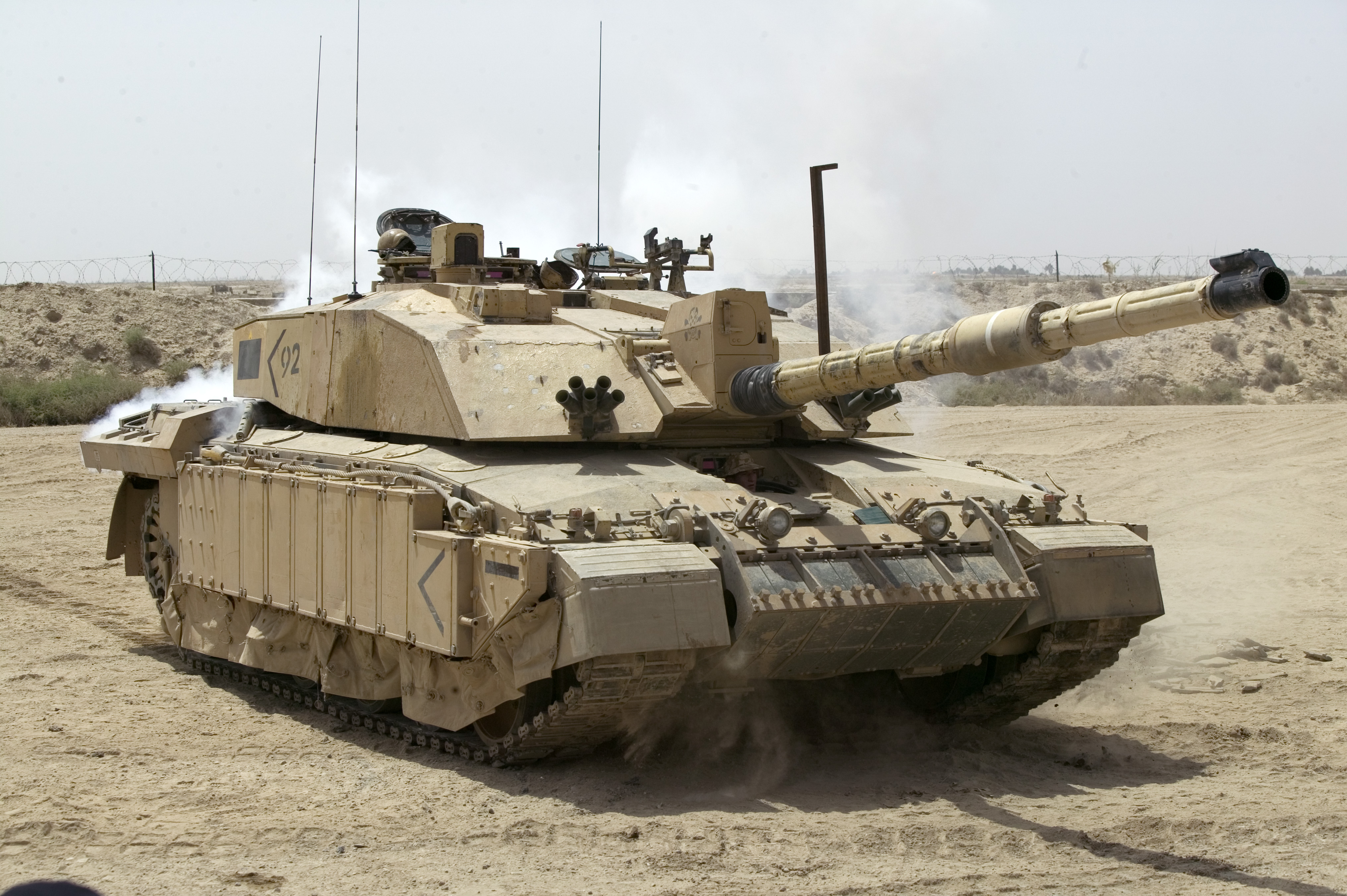Best Tank Weapons - The United States has supplied Ukraine with thousands of Javelins, the anti-tank missiles that have become iconic weapons of war, but American stockpiles are running out. The United States probably gave Ukraine about a third of its stock. Thus, the United States is approaching the point where it must cut supplies in order to maintain sufficient reserves for its war plans. Production of new missiles is slow and replenishment will take years.
The Russians have many armored vehicles, but the number of trained crews and morale are declining. Could Ukrainian anti-tank weapons cause enough combat casualties in Russia to lead to a stalemate on the battlefield before Ukraine runs out of its most effective anti-tank weapons?
Best Tank Weapons

We recall that the Javelin is a long-range guided anti-tank missile that can be carried by one person. Spears became the iconic weapons of this war, with images of Mary Magdalene, nicknamed Saint Spear holding a weapon, and even the song "Dart". This is the most sophisticated, combat-ready and expensive weapon in the wide range of anti-tank munitions that NATO and other countries supply to Ukraine. The United States says it has given Ukraine 7,000 units.
Warzone Best Weapons In Season 3's Current Meta
Infantry anti-tank weapons have allowed Ukrainian forces, consisting mainly of light infantry, to defeat Russian mechanized forces despite their vastly superior firepower. It is important to note that Javelins are the most effective and popular anti-tank weapon systems, but not the most numerous. That distinction goes to the NLAW, a guided anti-tank system, but not as sophisticated as the Javelin and with a shorter range. Additionally, other countries provided their own anti-tank weapons such as the German Panzerfaust 3 and the Swedish Carl Gustav.
The United States has not released data on its holdings of Javelins, so this must be inferred. According to the military budget, since production began in 1994, total production has been 37,739 missiles. Every year, the US military uses several missiles for training and testing. Thus, between 20,000 and 25,000 units may remain in stock. These 7,000 systems account for about one-third of all US devices.
This ratio does not seem large; after all, two-thirds of the inventory remains. However, military planners are probably starting to get nervous. The United States holds reservations for various possible global conflicts that could occur against North Korea, Iran, or Russia itself. At some point, these reserves will become so low that military planners will wonder if military plans can be carried out. The United States may be approaching that moment.
The obvious answer is to build more rockets (and launchers, the control unit that goes to the rocket). The United States buys about 1,000 Javelins a year. Maximum production is 6,480 pieces per year, although it will most likely take a year or more to reach this level. Delivery time 32 months; that is, after placing an order, 32 months will pass before the missile is delivered. This means it will take about three to four years to replace the missiles already delivered. If the US supplies Ukraine with more missiles, this replacement time will be extended.
Military Vehicles That Are Big, Bad And Battle Tested
The United States offers a wide range of other systems such as small arms, tracking radars, and armored trucks (highly mobile multi-purpose wheeled vehicles). However, the figures provided are relatively small compared to the potential reserves. For example, the United States sent 50 million rounds of ammunition to the Ukrainians. It sounds like a lot, but the total production of US military and civilian ammunition is 8.7 billion per year. Shipments to Ukraine account for less than 1% of this volume.
One of the systems whose stocks and replenishment levels are limited is the Stinger anti-aircraft missile. According to a White House fact sheet, the United States gave the Ukrainians 2,000 Stingers. The United States has not purchased them since 2003. At that time, total production was stated as 11,600 missiles (from FY 2000 budget documents). With a loss in testing and training of 1 percent per year, the remaining inventory would be about 8,000. Thus, the United States sent about a quarter of its inventory to Ukraine.
In 2003, when the United States last bought Stingers, productivity was advertised as 275 in standard shifts (called "1-8-5") and 720 in maximum productivity. The production time was 24 months. This means that it will take at least five years to offset the depletion of stocks (two years for lead time and three years for production).

The problem is that the production line appears to be supported by only a small portion of overseas sales, so it may take more than 24 months to ramp up capacity. In addition, the Department of Defense (DOD) is considering the next generation of short-range air defense systems and may not want to buy more of what it considers obsolete technology. Thus, there may be an extended period of risk when inventories are low and a replacement is not yet on the way.
Poland Confirms T 72 Tank Delivery To Ukraine, With Challenger 2 Tanks To Fill Gap
According to the International Institute for Strategic Studies (IISI) "Military Balance", the Russians have 2,800 tanks and 13,000 other armored vehicles (reconnaissance and infantry fighting vehicles) in the unit, as well as another 10,000 tanks and 8,500 armored vehicles. in storage. Open source intelligence indicates that the Russians lost around 1,300 armored vehicles. The bottom line is that in the near future the armored vehicles of the Russians will not run out.
What the Russians may lack are trained crews and morale if the Ukrainians erode enough armor. The Russians lost around 40,000 soldiers, a quarter of their original fighting strength, with casualties particularly heavy among their elite units. Reinforcements and replacements may restore some of the numbers, but skills are deteriorating and morale, never high, seems to be falling. So it's a race. Will Russian combat losses lead to a stalemate on the battlefield before Ukraine runs out of its most effective anti-tank weapons?
Mark F. Kanchian is Senior Advisor for the International Security Program at the Center for Strategic and International Studies in Washington, DC.
Commentary prepared by the Center for Strategic and International Studies (), a private, tax-exempt international public policy organization. His research is unbiased and non-commercial. does not take specific political positions. Therefore, all views, positions and conclusions expressed in this publication should be understood as solely those of the author(s).
How Are The West's Weapons Getting To Ukraine?
The war game suggests that a Chinese invasion of Taiwan will fail and result in heavy losses for the US, Chinese and Taiwanese armies, increased survivability of soldiers and equipment against modern anti-tank weapons such as Russian Kornet missiles and Chinese HJ-guided missiles. 8. as well as a Russian RPG-29 rocket-propelled grenade tandem warhead capable of penetrating a tank with a jet of molten metal.
If there is one thing the military leadership agrees on, it is the need to increase the survivability of soldiers and equipment against modern anti-tank weapons, such as the Russian Kornet and Chinese HJ-8 guided missiles, as well as Russian RPGs. -29 rocket launchers with tandem heads. which can drill a hole in the tank with a stream of molten metal. These weapons are readily available, cheap and easy to use, which has led to their proliferation in war zones in Iraq, Syria, Libya, Lebanon, Gaza and throughout Africa and Asia. Thus, they pose a serious threat to American armored vehicles.
To counter these weapons, US efforts have expanded from passive, steel and ceramic plates covering armored vehicles, which are more effective against bullets, artillery shells and underbody mines, to active defense systems (APS), which strengthen passive armor by destroying RPGs. . and missiles in flight before hitting the target. These initiatives range from upgrading existing vehicles, such as Abrams tanks, with APS in case of an urgent acquisition need, to turning APS into formal plans to upgrade combat vehicles under the Next Generation Ground Vehicle (NGCV) program.
"As threats have become more lethal over the years, the response has been to add more and more armor, particularly steel armor, to prevent vehicle penetration," said Mike O'Leary, senior director of business development at DRS Land Systems. "We are now at a tipping point where combat vehicles simply cannot be weighed down, otherwise they will not be able to maneuver, bridge or transport. As we saw in Afghanistan and Iraq, the weight of some of these vehicles caused the roads to buckle, causing them to overturn.
A Horrible, Devastating Weapon': Concerns Grow Over Russia's 'vacuum Bombs'
“With APS, you don't need to add additional armor plate to an existing vehicle, and when developing a new vehicle, you can reduce the amount of armor needed depending on the threat. It gives you a lighter, more mobile and more agile vehicle because you're getting rid of passive armor in exchange for an active system."
Israel was the first to experience the increased lethality of modern anti-tank weapons during the 2006 Israeli-Lebanese war, when armored
Best hot water tank, best nursing tank tops, best septic tank treatment, best mens tank top, best ribbed tank tops, best septic tank pumping, best mens tank tops, best tank inkjet printer, best tank undershirt, best running tank tops, best septic tank additive, best workout tank tops
0 Comments